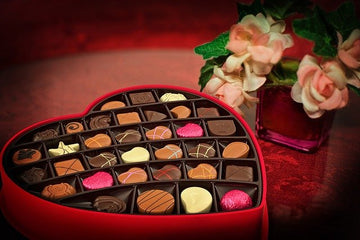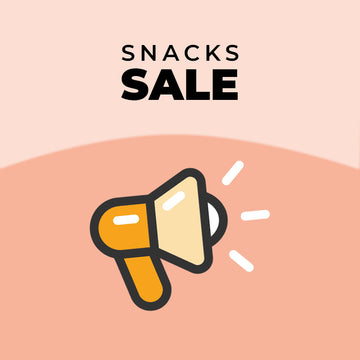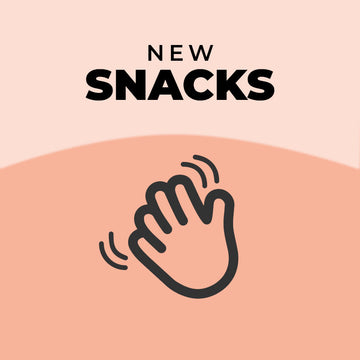
Think of chocolates and we imagine a picture of energy bars, pralines, bonbons and truffles. Little did we know that most of chocolate's history was actually in the form of chocolate drink! The word chocolate comes from Xocolātl in Aztec language, which is now an extinct language after the Spanish conquered Aztec empire.

The origin
Dating back to 450BC (Which is more than 2,400 years ago!), chocolate was served as a beverage mixed with spices or corn puree in Mesoamerica. Cacao trees are native to the region and thrive in hot and humid temperatures. Cacao is claimed to give aphrodisiac and strength benefits to the locals. The beans were barter traded as currency to buy food and rations, and the Aztecs believed these beans were more valuable than gold as it's the god's gift to them.

Chocolates became commercialized
After being introduced to Europe in the 16th century, sugar was added and it became popular since it was no longer bitter. This craze for chocolates led to a slave market to process the cacao beans. Cacao plantation flourished but poor wage laborers and mostly Africans work on the production. Cacao fruits has the shape of a papaya and can contain up to 50 beans in them. They were harvested by hand because machines tend to injure the trees.

Starting from the 17th century, the first mechanical cocoa grinder was invented and more machines were used. This made chocolates quality more consistent and affordable. Thereafter, alkaline salts were added to further reduce the bitterness but it is said to reduce the amount of antioxidants as well.
Milk chocolate was also invented when Nestle's milk powder was added. Nestle, Lindt, Cadbury and Hershey's were all started in the 18th century where chocolates became chewable food, and with large amount of production, prices began to drop drastically and it became widely available to the masses. During wars, chocolate was considered essential in the rations of United States soldiers and sometimes even given as a form of payment.

Types of chocolates
There are 3 types of chocolates mainly:
1) Dark chocolate, which has cocoa mass (chocolate liquor), cocoa butter, lecithin, sugar and vanilla
2) Milk chocolate is essentially dark chocolate plus milk fats and milk solids
3) White chocolate is essentially milk chocolate minus cocoa mass
The varieties of chocolate snacks are enormous, including unsweetened version, bitter-sweet and semi-sweet. The percentage of cocoa mass, in addition to where the beans are from is crucial to give a different taste.

Chocolates today
Nowadays, two-thirds of the production is in Western Africa, though there are also plantations in Indonesia and Brazil. There are fair trade sources of cocoa where they give a minimum wage and prohibits slavery. Child slavery continues to plague the business as around 2 million children are forced to work instead of having an education, while others are kidnapped to labour for long hours.
While the usual chocolates treats you find on the shelves are not healthy, dark chocolate is well known to be a good snack for the heart with many antioxidants. This is cocoa itself with more than 70% of cocoa mass and usually has lesser amount of sugar. The healthiest cocoa would have lesser ingredients and with cocoa listed as the first ingredient (like our chocolates below!).
SnackFirst
We have a wide range of milk and dark chocolates that are not overbearingly sweet and all of them are from Australia and New Zealand. The chewiness and texture are quite special and some interesting flavours are:
1) Raspberry Dark Chocolate Almonds (Our favourite!)
2) Rich Milk Chocolate Macadamias
4) Chocolate Apricots Chewy Nougats
5) Cinnamon/Rich Chocolate Almonds (Unique)
We will be bringing in more chocolates so do subscribe with us to receive the latest updates and promotions. Do tell us what other snacks you hope to see on our store.









